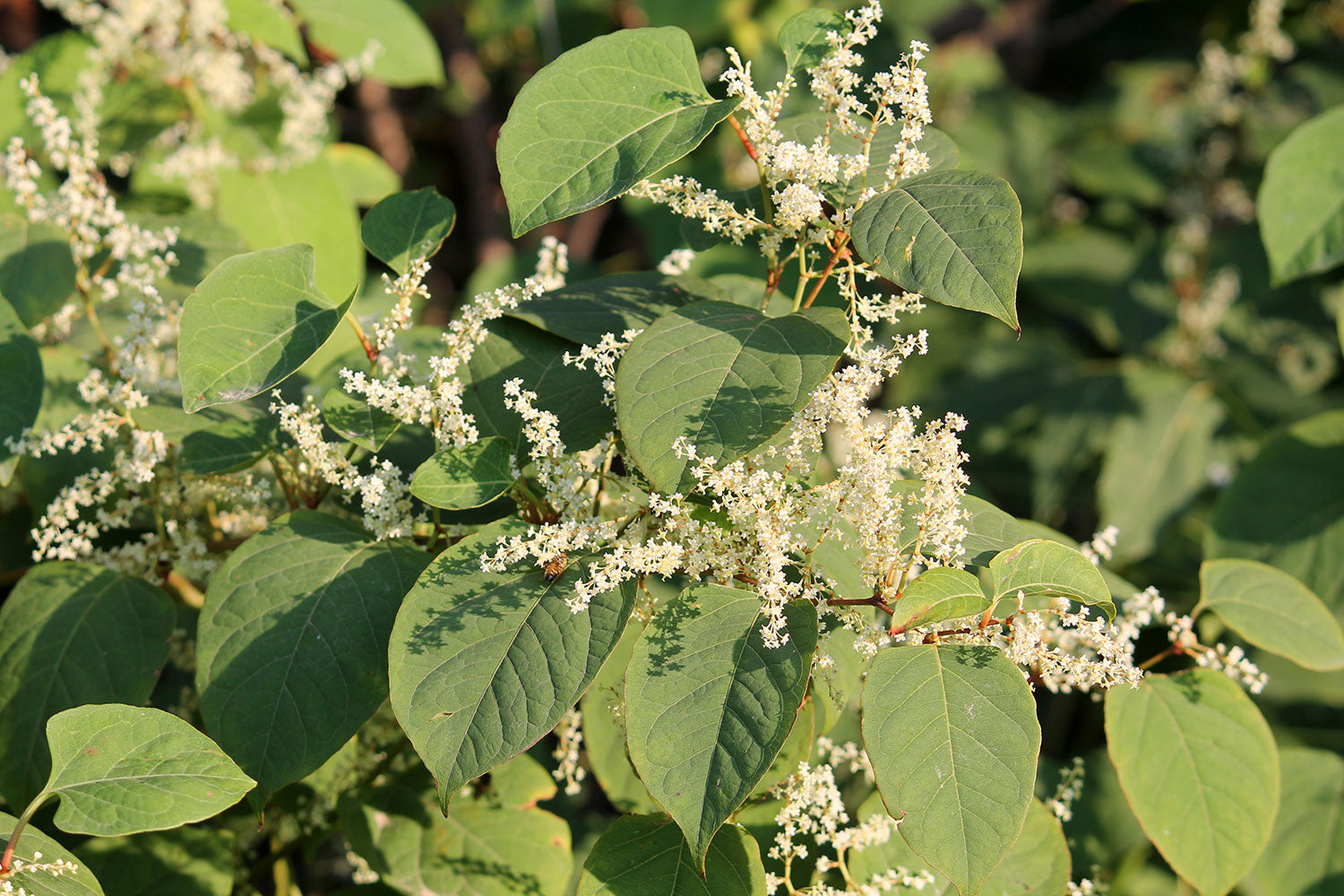How To Know Which Herbicide to Choose

What are herbicides?
Quite simply, herbicides are chemical agents that are used to kill weeds or other unwanted plants. They play an essential role in integrated weed management programs.
How do herbicides work?
They work by interfering or disrupting a plant’s ability to grow or reproduce. Typically, herbicides are commonly used in a wide range of areas such as residential and commercial lawns, golf courses, farms, gardens, sports fields, and any other green spaces where weed control is required.
Herbicides work by inhibiting photosynthesis, preventing seed germination, stopping plant growth, or by killing the roots of plants.
Predominantly, herbicides can be categorised into two groups – selective and non-selective herbicides. These are further classified into a variety of groups depending on other factors such as their mechanism and mode of action.
Modes of actions for herbicides
The mode of action refers to the way in which a herbicide controls or kills the growth of plants and weeds. There are various modes of action for herbicides:
Selective herbicides
These kill certain types of weeds and plant while leaving others unharmed. They are often applied with precise dosages and are very common for treating weeds in gardens and lawns. This type of herbicide is also used in agricultural settings to kill weeds without harming crops.
Non-selective herbicides
Commonly referred to as a knockdown herbicide, these will damage or kill most of the plants that they come into contact with. They are highly efficient, and care must be taken when applying them.
Translocated herbicides
These kinds of herbicides move through the plant via a transport system (the xylem and phloem) to the site of action. The xylem helps to transport water and nutrients from soil to the growth sites while the phloem’s main function is to transport the products of photosynthesis, for example it will transport sugars from the leaves to other parts of the plant. Translocated herbicides can typically take up to fourteen days to start seeing results on targeted weeds depending on weather conditions, the application rate, and the target species.
Contact herbicides
These will have limited movement within the plant so complete coverage of the target area is essential. Typically, contact herbicides get results fast and show symptoms rapidly – quite often within 24 hours following treatment.
Residual herbicides
Depending on conditions and the time of year, residual herbicides tend to remain active in the soil for a longer period of time. They are therefore regarded as a long-lasting weed killer and can be used in a range of different areas. Under the right conditions, they can help keep weeds away for many months or even be longer.
Non-residual herbicides
Contrary to residual herbicides, these kinds of herbicides have minimal soil activity and are rapidly deactivated in the soil. On occasion they get attached to soil particles and become less available to be absorbed by the plant root system.
Pre-emergent and post-emergent herbicides
Pre-emergent and post-emergent herbicides are selective herbicides and refer to the target and timing of herbicide application. Pre-emergent refers to the application of herbicide once the weeds have emerged from the soil, while post-emergent refers to application of the herbicide to the soil before the weeds have emerged.
How to apply herbicide?
How a herbicide is applied is dependent of which type you are using and the size of the area you want to treat. Smaller areas such as domestic lawns and gardens can be treated with hand-held or backpack sprayers, but larger areas such as sports fields may require commercial-grade sprayers or tractors.
Please note that all professional grade herbicides do require the end user to have the relevant licenses to apply these products. Always refer to the manufacturer’s instructions and ensure you wear the recommended safety clothing such as gloves and a face mask. Never apply more herbicide than is needed as too much can lead to environmental contamination and harm non-targeted plants and animals.
Which herbicide is the best?
A quick internet search will list thousands of different herbicides; however, we would always recommend that you buy from a reputable company.
We only work with the most trusted manufacturers to bring you tried and tested products. Browse the sections below to find some of the most proven herbicides on the market.
We hope you have found this guide to herbicides useful.
